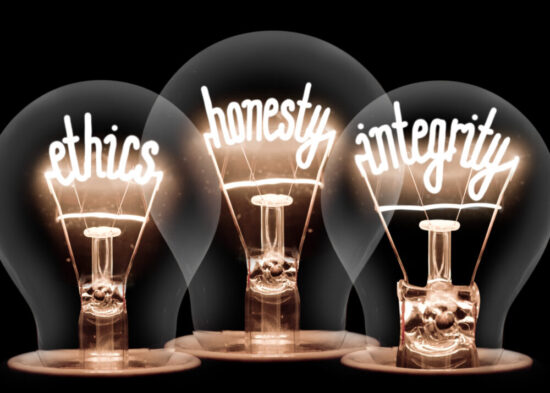
Last year, I told you how important ethical spending is to me. I really believe in putting your money where your values are. After all, money has a lot of power. As a result, sometimes I’ll spend a little more on something I believe in than save the money but give it to a place with values that don’t align with my own. However, sometimes ethical spending does allow me to save money as well.
Ethical Spending On Clothing
I find that there are two key approaches to ethical spending on clothing. One is to purchase high-quality, organic, naturally-dyed, limited production items from small businesses and independent makers. Unfortunately, this is often very expensive. If I had an unlimited budget, I would certainly do this. And actually there’s a maker whose stuff I’m eyeing and I might invest in a piece this year.
However, most of the time, I go the route of secondhand shopping instead. I keep things out of the landfill for as long as possible by buying things that are already in the existing fashion life cycle. I keep them as long as I can, try to wear them gently, then re-donate them if I’m not going to use them anymore. In 2021, I did spend more than usual on clothes because it was truly time to revamp my wardrobe. However, I purchased those either through local thrift stores or through ThredUp.
I’m not sure specifically how much money I saved as compared to shopping new. I haven’t shopped new in decades, so I’m out of touch with the cost of new clothing. But I know that I saved a lot in comparison. And according to my personal ThredUp stats, I also had a good eco-impact:



As you can see, ThredUp reports that I saved a significant amount of water, energy, and CO2e by shopping secondhand. Here’s how they calculate that impact.
Drinking More (Not Bottled) Water
Eco-friendly actions are part of my ethical spending values. Reducing plastic is key to this. And reducing single-use containers of any kind (cardboard, aluminum) is important as well. I finally got myself a durable reusable water bottle, which I’m a bit ashamed to say I didn’t do before 2021. As a result, I stopped purchasing single-use water bottles (plastic or even glass). I sometimes still purchase sparkling water but significantly less so than in years past. I purchased some juice but rarely. And other than that my only beverages were coffee and wine, the former bought in compostable bags and the latter in recyclable bottles.
Saving By Not Spending
Ethical consumption is a key part of ethical spending. There were definitely times throughout the past year that I considered buying something. Then, I reconsidered. I determined that I didn’t need the item. Alternatively, I realized that trying to buy it from a source I considered ethical was proving too challenging. So I just didn’t make the purchase at all. I saved the money and didn’t get things I really didn’t need in the first place.
2022 Ethical Spending Goals
Moving forward I plan to:
- Reducing clothing consumption entirely now that my wardrobe is stocked up
- Eliminate or at least reduce other food packaging (buy whole and in bulk)
- Review the companies I do regular shopping with as to their ethics
- Review my investments and add more to ethical and eco-friendly ETFs
In what ways do you embrace ethical spending, saving and investing?
Read More:
- Is It Ethical To Invest In Mining
- Why I’m Not Spending Any Extra Money in February
- How Color Influences Your Spending Habits
Come back to what you love! Dollardig.com is the most reliable cash-back site on the web. Just sign up, click, shop, and get full cashback!
Kathryn Vercillo is a professional writer who loves to live a balanced life. She appreciates a good work-life balance. She enjoys balance in her relationships and has worked hard to learn how to balance her finances to allow for a balanced life overall. Although she’s only blonde some of the time, she’s always striving for total balance. She’s excited to share what she’s learned with you and to discover more together along the way.
Comments